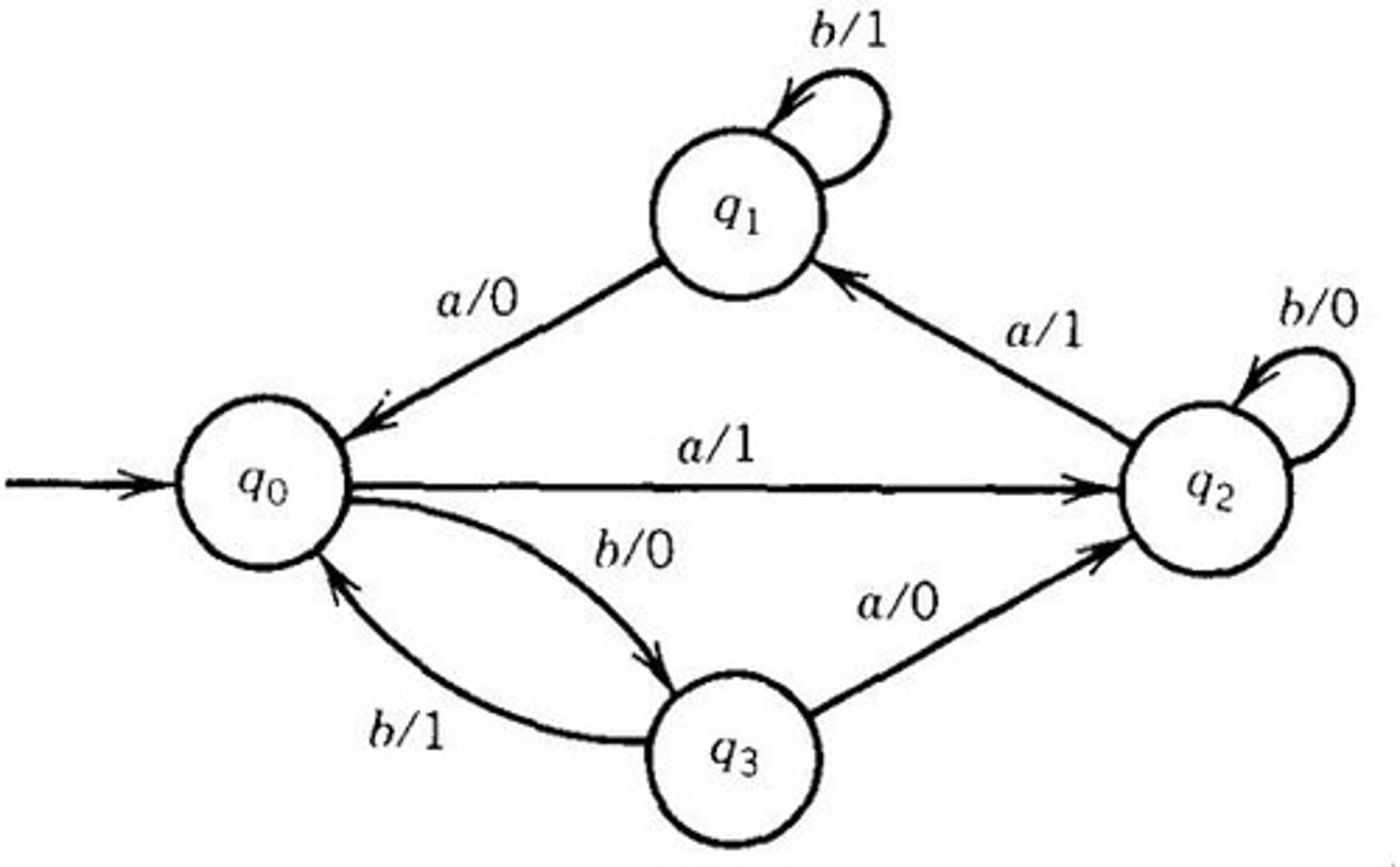Closure Properties and Pushdown Automata in Automata Theory
1/27
There's no tags or description
Looks like no tags are added yet.
Name | Mastery | Learn | Test | Matching | Spaced |
|---|
No study sessions yet.
28 Terms
Closure Properties
Regular languages preserved under specific operations.
Pushdown Automaton (PDA)
Computational model with stack for context-free languages.
Context-Free Grammar
Grammar allowing nested structures with non-terminals.
Regular Grammar
Simpler grammar subset of context-free grammars.
Regular Expression
Pattern defining a set of strings.
Derivation Process
Expanding start symbol to generate terminal strings.
Finite Automaton
State machine recognizing regular languages only.

Pumping Lemma
Proves a language is not regular.
Terminal
Basic symbols forming strings in CFG.
DFA Minimization
Reduces states while preserving language recognition.
Ambiguous Grammar
Grammar with multiple derivation trees for a string.
Acceptance State
Final state indicating string acceptance by PDA.
Unit Production
Production replacing one non-terminal with another.
Stack in PDA
Enables handling of nested structures and recursion.
Identity Production
Non-terminal replaced by itself in derivation.
Empty String Production
Non-terminal replaced with an empty string.
Context-Free Language
Language recognized by a PDA using a stack.
Recursive Structures
Languages requiring backtracking for proper parsing.
Finite Number of States
PDA has limited states but infinite stack space.
Language Recognition
Ability to determine if a string belongs to a language.
Production Rule
Defines how non-terminals can be replaced.
Transition Between States
Change of state based on input and stack.
Nested Dependencies
Complex language structures requiring context-free grammars.
Input Symbols
Characters read by automata during processing.
Accepting State
State where input string is accepted by automaton.
Chomsky Normal Form
Standard form for context-free grammars.
Mealy Machine
State machine with output based on state and input.
Moore Machine
State machine with output based solely on state.